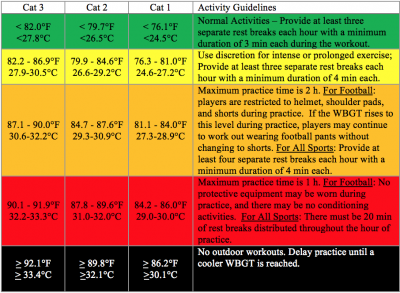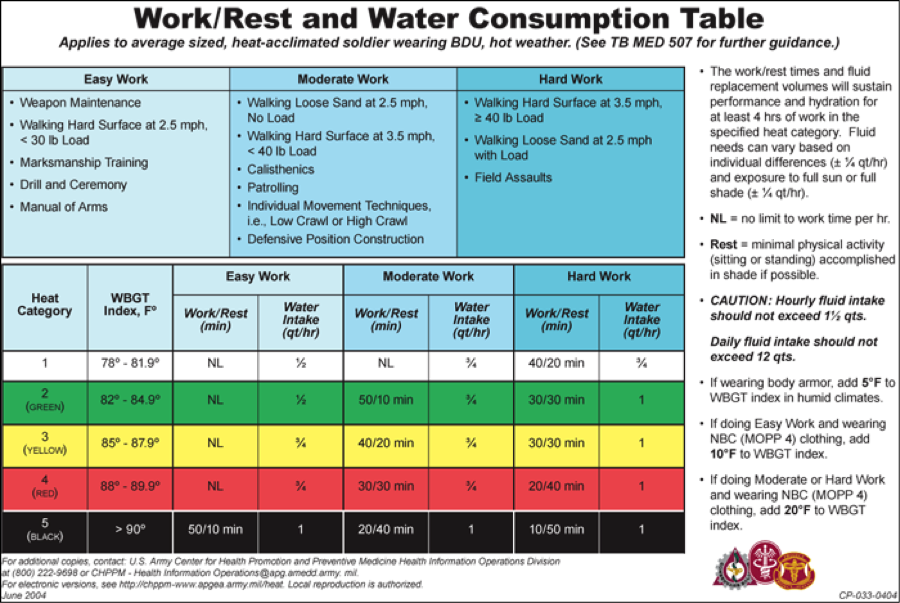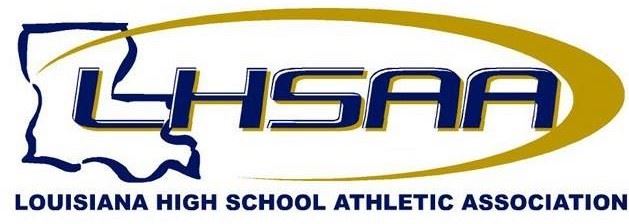Secondary School Athletic Trainers
Appropriate Medical Care Standards for Organizations Sponsoring Athletic Activity for the Secondary School Age Athlete (AMCS)
The Appropriate Medical Care Standards for Organizations Sponsoring Athletic Activity for the Secondary School Age Athletes (AMCS) published in 2019 replaces the original 2004 version of the similarly named document, the Appropriate Medical Care for Secondary School-Age Athletes (AMCSSAA). The revisions in the statement reflect the progress and researching health care since the time of original publication, and the broadened scope that these standards should apply. The AMCS Summary Statement was published in the Journal of Athletic Training in 2019.
*Please note that this information is not intended to serve as legal advice and no attorney-client relationship has been formed based on the dissemination of this information. This is not an exhaustive list and other cases may exist.
Athletic Traineran individual licensed by the board as an athletic trainer with the specific qualifications set forth in R.S. 37:3306.1 who, under the general supervision of a physician, carries out the practice of prevention, emergency management, and physical rehabilitation of injuries and sports-related conditions incurred by athletes. In carrying out these functions, the athletic trainer shall use whatever physical modalities are prescribed by a team physician or consulting physician, or both.
- WBGT has been shown to provide an accurate measure of environmental heat stress.
- WBGT can be used as a preventive measure during exercise in the heat by making activity modifications as WBGT rises.
- When developing guidelines for activity modification using WBGT, it is necessary to include work:rest ratios, length of activity, hydration breaks, equipment to be worn (if applicable), and a level in which activity is cancelled.
- WBGT guidelines must be region (geographic) specific since temperatures fluctuate differently by regions. People’s response to exercising in heat may vary by the geographic region in which their usual exercise sessions take place.
- WBGT modifications should be fluid, meaning that if the conditions get more restrictive during the day or a particular practice, modifications should be more restrictive. As environmental conditions become more mild, modifications should be less restrictive.


.png)
Educational Resources
ENVIROMENTAL MONITORING | CARDIAC ARREST |
HEAD TRAUMA |

Educational Resources
Athletic Participation |
NFHS Position | NFHS Position | Pregame Administrative Conference VOLLEYBALL |
.png)